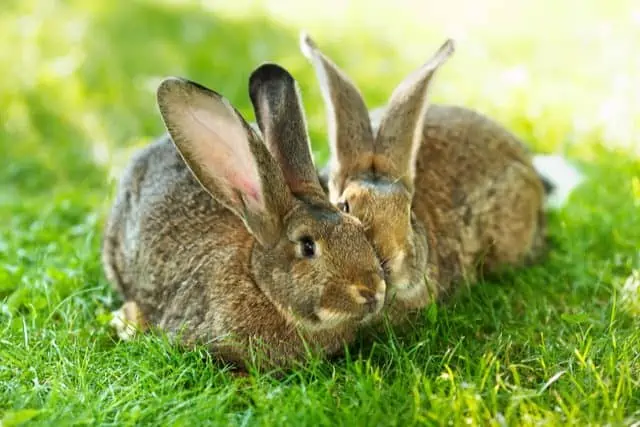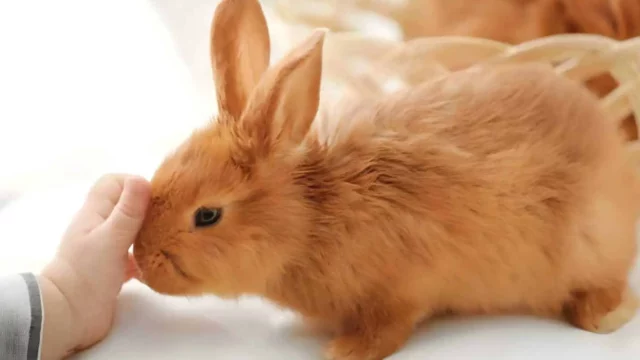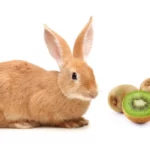Hello, I’m Arushi, and today, we’re going to dive into the fascinating world of rabbit communication.
If you’ve ever wondered how these adorable creatures convey their feelings and thoughts, you’re in the right place.
In this article, I’ll share insights into how rabbits communicate in a way that’s simple and easy to understand.
Rabbit Communication Basics

Rabbits are not only known for their twitching noses and floppy ears but also for their subtle yet intricate communication methods. Understanding their cues is essential for building a deeper bond with your furry friend.
1. Body Language
Rabbits are masters of non-verbal communication. They use their bodies to express a wide range of emotions:
- Ear Position: A rabbit’s ear position can reveal a lot. Upright ears usually signify curiosity or alertness, while ears flat against the body can indicate fear or submission.
- Tail Language: The position of the tail is another key indicator. A raised tail is often a sign of contentment, while a tucked tail can signal unease.
- Grooming: Rabbits groom themselves and others to bond and show affection. If your bunny licks you, they’re likely expressing love.
- Binky: A “binky” is an exuberant jump in the air, often accompanied by a twist or kick. It’s a clear sign of joy and excitement.
2. Vocalizations
While rabbits are not particularly vocal animals, they do make some sounds:
- Purring: If your rabbit purrs, it’s a sign of relaxation and contentment. It’s a soft, low noise that you can feel more than hear.
- Growling or Grunting: These noises can indicate annoyance, territoriality, or discomfort.
- Screaming: When a rabbit screams, it’s typically in response to extreme pain or fear. This is a distress call that requires immediate attention.
3. Nuzzling and Nipping
Rabbits use their mouths to nuzzle and nip as a form of communication. Nuzzling is often a sign of affection, while gentle nipping can be a request for attention or grooming.
4. Thumping
When a rabbit thumps its hind legs on the ground, it’s a warning sign. They do this to alert others to potential danger or disturbances.
5. Potty Training
Interestingly, rabbits can use their litter boxes to communicate. If they stop using their litter box, it might indicate a health issue or dissatisfaction with their environment.
FAQs
Q 1. Do rabbits understand human words?
Ans. While rabbits don’t understand human language like dogs or cats, they can learn to associate certain words or sounds with actions or treats.
Q 2. Why does my rabbit nuzzle or nip me?
Ans. Nuzzling is often a sign of affection, while gentle nipping can be a request for attention or grooming.
Q 3. Is it normal for rabbits to thump their hind legs?
Ans. Yes, thumping is a natural behavior in rabbits and is often a way for them to alert their warren to potential danger.
Q 4. What should I do if my rabbit screams?
Ans. If your rabbit screams, it’s a sign of distress. Immediately check for any obvious signs of injury or fear and consult a veterinarian.
Q 5. Can rabbits communicate with other animals?
Ans. Rabbits can communicate with other animals, including humans and fellow pets, through their body language and vocalizations. Understanding these cues can help you foster positive interactions.
In conclusion, understanding how rabbits communicate is essential for creating a strong bond with your bunny companion.
Their non-verbal language is rich and expressive, and it’s a joy to decode. Paying attention to their body language, vocalizations, and behaviors will help you better meet their needs and ensure a happy and healthy life for your beloved bunny.






